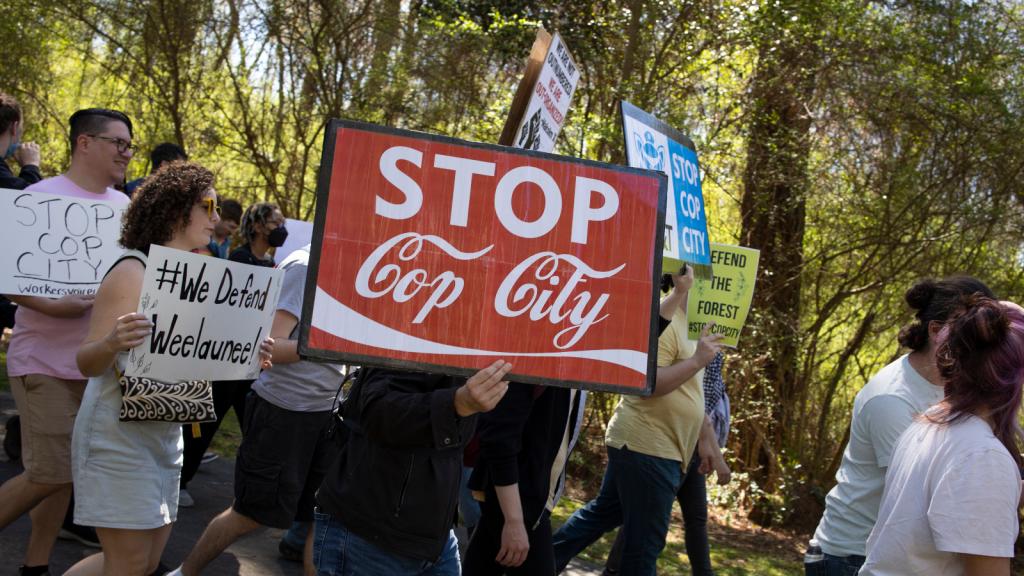Though the Federal Emergency Management Agency, or FEMA, is best known for disaster response, it has emerged as perhaps the federal government’s most robust resource for preparing the country for the effects of a warming world. The agency has pumped billions of dollars into climate adaptation projects over the past few years, helping states and cities relocate flood-prone homes and harden infrastructure against wildfires. But the agency’s infrastructure programs have drawn criticism for disproportionately funneling money toward larger, wealthier, and whiter communities, leaving smaller and poorer jurisdictions without the money they need to adapt to worsening climate-driven disasters.
There are two big reasons for this funding gap. The first is that FEMA doles out adaptation money through competitive grant programs, which means that a local government needs significant funding and staff to put together an application that stands a chance of attracting federal dollars. The second is that federal law requires the agency to fund only those adaptation projects that pass what it calls a “benefit-cost analysis.” In other words, a city must prove that its proposed project prevents more damage than it costs to build. Big infrastructure projects like sea walls and stormwater pipes are much more likely to pencil out in dense cities with high property values than in smaller, low-income towns.
“We know we have work to do in this area,” said David Maurstad, a senior FEMA official, when he acknowledged the funding gap during congressional testimony on the subject last year.
This week, FEMA finally moved toward narrowing that gap. The agency announced a new loan program that will give states a total of $500 million to dole out to local governments in the form of low-interest loans for small-scale adaptation projects. This way, not only can local officials representing small towns, minor cities, and tribes skip the extensive application process associated with federal grants, but they also don’t have to justify their projects in cost-benefit terms.
“There’s large infrastructure projects that communities need to fund in order to adapt to the changing climate, but there’s often many small projects that need to get done as well,” said Victoria Salinas, FEMA’s associate administrator for resilience, in a press conference announcing the program on Tuesday. “The burden of getting a smaller project done that actually has a major impact on reducing human suffering is very high.”
The agency is piloting the program by sending $50 million in “seed capital” to seven states — Louisiana, Maryland, Michigan, New Jersey, New York, South Carolina, and Virginia — as well as Washington, D.C. The states will get about $6 million each, and they’ll be able to loan that money out to smaller governments at interest rates of less than 1 percent. (The benchmark interest rate for mortgage and credit card lending in the U.S. is currently around 5.5 percent.) The local governments can use that money to buy out homes that are in the path of fire or flood, elevate streets, or repair water infrastructure. States will decide how long local governments will have to pay the loans back.
In Washington, D.C., officials are planning to loan money to pay for storm drain upgrades in a public housing complex that has faced frequent flooding. The District of Columbia has already received money to upgrade a stormwater pump station through FEMA’s other climate adaptation initiative, the Building Resilient Infrastructure and Communities program, but the new loan will help officials pursue projects that wouldn’t qualify for that grant money.
Because states themselves will be running the loan programs, rather than the federal government, borrowers won’t have to worry about following the extensive federal spending guidelines that often hamper adaptation projects, or about passing a strict cost-benefit analysis. Experts have criticized federal benefit-cost regulations for placing too much emphasis on property values and neglecting to consider intangible assets like community cohesion and cultural heritage.
Furthermore, the program is a “revolving” loan fund, meaning states can reuse FEMA’s seed capital over and over again. If a state gives a city a loan of $1 million and the city pays the loan back after five years, the state will then have just over $1 million to lend out somewhere else. The program doesn’t have an expiration date, which Salinas said makes it “a more durable source of financing” than the agency’s other grant programs. The loan interest rates are far lower than cities tend to pay for standard municipal bonds, so the risk of default is low.
Anna Weber, an adaptation policy analyst at the Natural Resources Defense Council, said the program could help fill the gaps in FEMA’s still-nascent effort to finance climate adaptation.
“The underlying way that we distribute funding for hazard mitigation currently serves to drive resources to places that already have resources,” she said. “There’s a lot of potential for this program to slot into this patchwork of funding in a way that fills in some gaps.”
Editor’s note: The Natural Resources Defense Council is an advertiser with Grist. Advertisers have no role in Grist’s editorial decisions.



